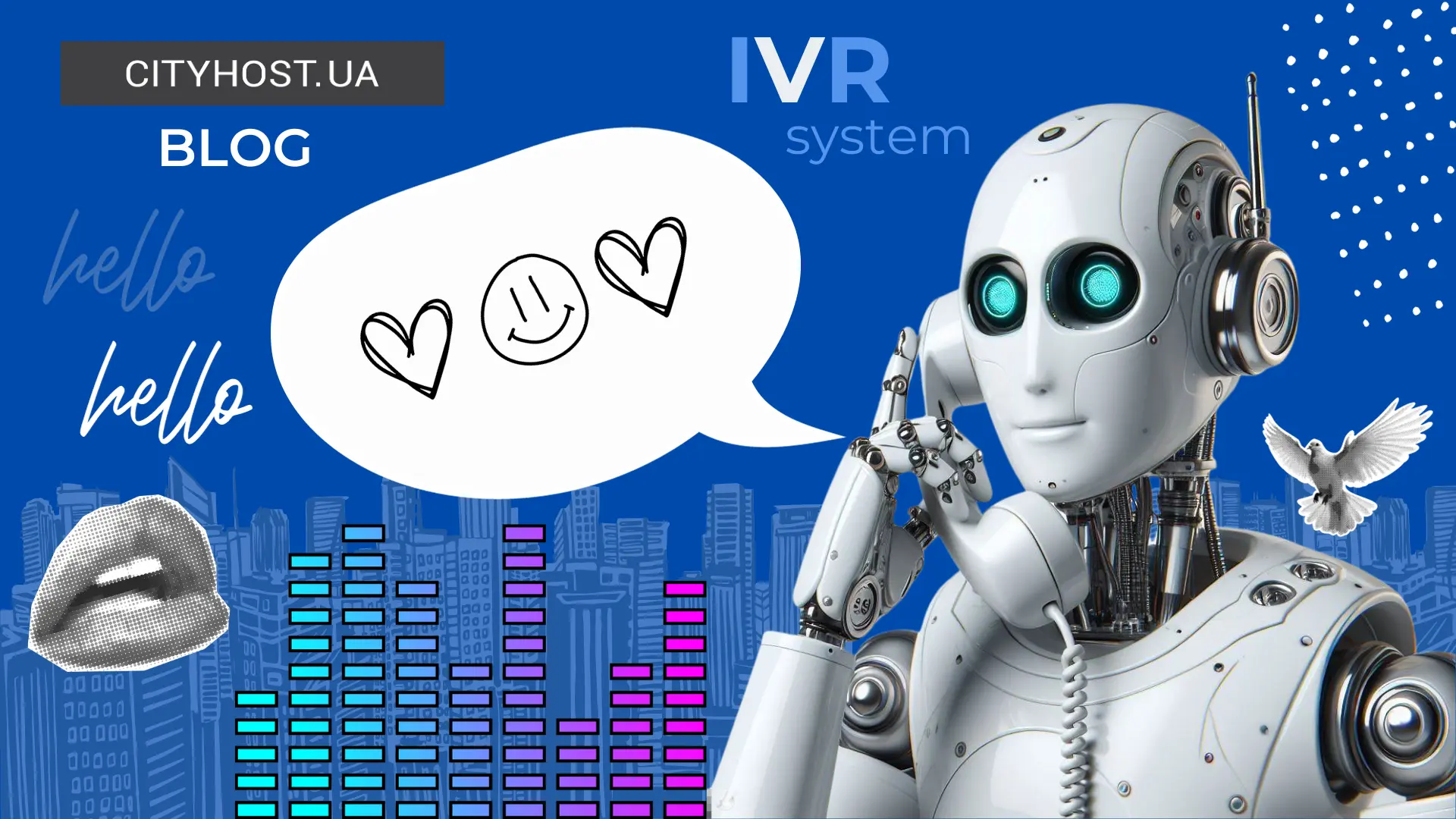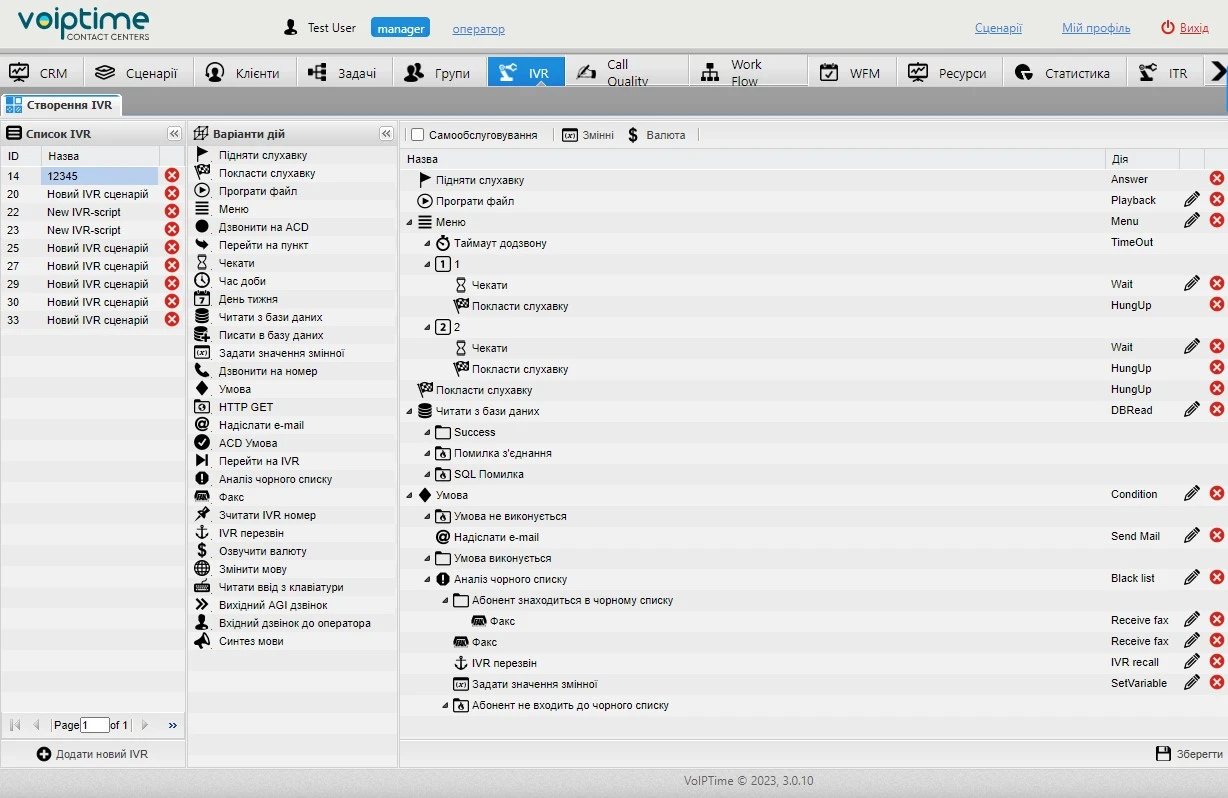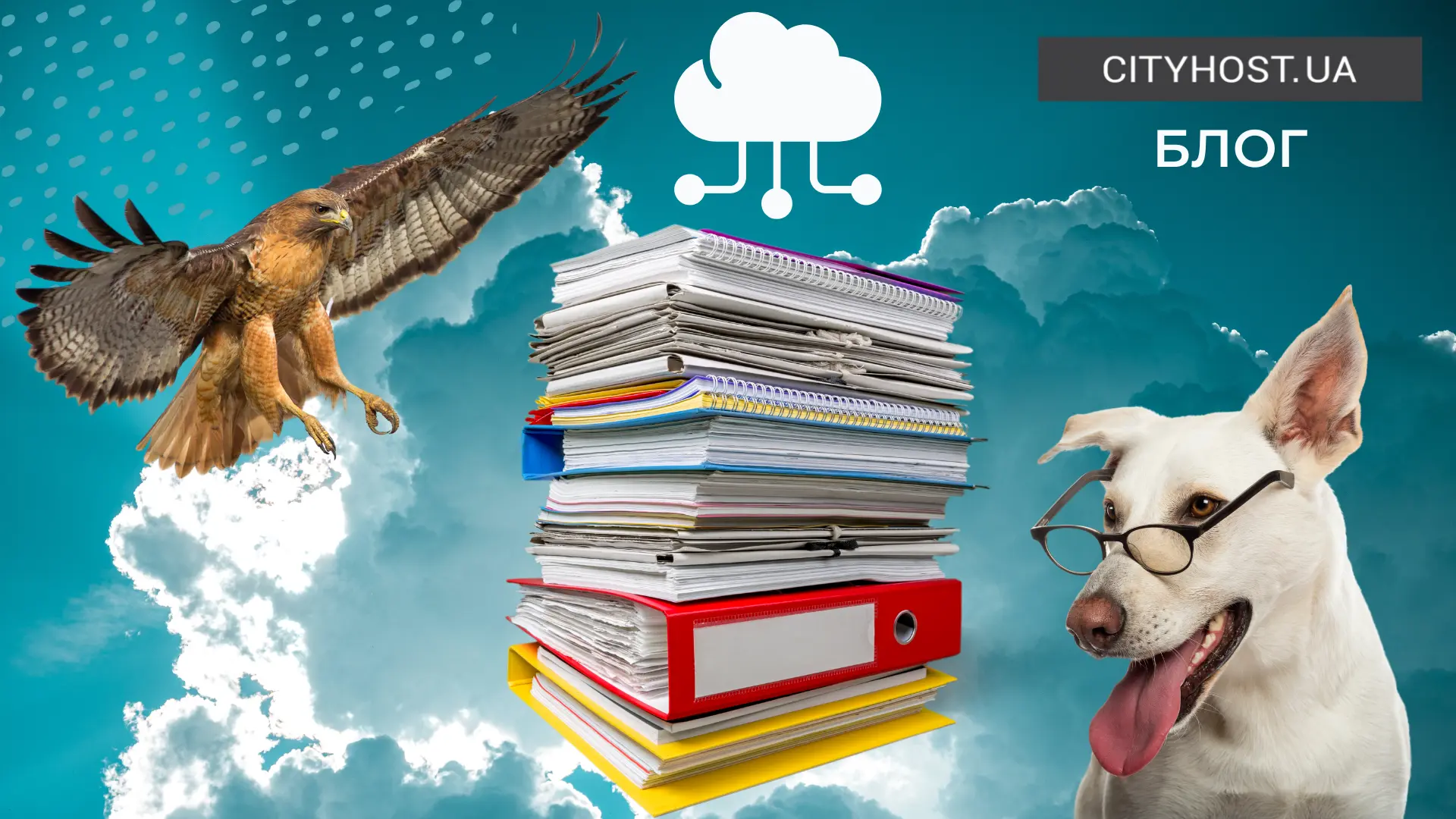
If you've ever called a customer service center, you're likely familiar with the IVR system. It's the automated voice system that greets you and offers various options through a menu. Admittedly, IVR systems can be a bit bothersome when you're eager to reach an operator quickly, and the menu doesn't always facilitate a swift connection.
Nevertheless, there are instances where an IVR system significantly enhances service quality comprehensively. It not only speeds up service but also improves operator selection and reduces wait times. VoIPTime specialists in the field of developing call center solutions will tell you what an IVR system is and how it functions.

What is an IVR System
IVR stands for Interactive Voice Response, essentially meaning "interactive voice response." This name aptly describes IVR services' nature – addressing customer inquiries and assisting in problem resolution through self-service. Beyond this, an IVR system serves as a highly effective tool for call centers, aiding in managing call queues, call routing, and collecting customer feedback.
In essence, an IVR system is a comprehensive call center tool responsible for providing self-service options, managing call queues, gathering information about incoming calls, and collecting customer data for further call routing.
Read also: How to verify a user on the site: calls, SMS, e-mail
Exploring the Functionality of Interactive Voice Menu
Technically, an IVR system operates using one of two technologies: DTMF (Dual-Tone Multifrequency) or NLP/NLU (Natural Language Processing/Natural Language Understanding).
DTMF, an older technology, functions by reproducing and recognizing sound signals of different frequencies. Each button on your phone – 0-9, #, * – corresponds to a specific frequency signal. When you press a button, the system recognizes the signal and plays the corresponding voice message.
Alternatively, artificial intelligence technologies like NLP/NLU allow the IVR system to independently recognize client remarks, identify keywords, and direct the client either to the appropriate IVR menu section or to an operator specializing in the client's concerns.
Advantages of the IVR System
Beyond providing self-service for customers, an IVR system plays a pivotal role in enhancing customer service quality and overall customer experience (CX). Let's explore the key benefits an IVR system offers.
Self-Service
Primarily, an IVR system empowers users to find answers and perform actions without contacting an operator, avoiding the hassles of waiting in line. The self-service capabilities of an IVR menu are only limited by its design. For instance, in the United States, an IVR system can handle payments, while in Europe and Ukraine, this function may not be available. Regardless, customers can use the IVR menu for various tasks, from requesting maintenance to changing delivery addresses or checking balances.
Additionally, an IVR system can contain instructions for common problems and answers to classic questions, diverting basic inquiries away from operators and allowing them to focus on more critical tasks.
Read also: VDS for accounting
Call Queue Management
An IVR system is crucial for managing call queues. While it doesn't directly handle call distribution, it plays a vital role in minimizing the negative impact of waiting on customer satisfaction. The system can inform waiting customers about estimated wait times, retaining those who might otherwise hang up in frustration.
An essential feature provided by the IVR system for managing call queues is the callback option. Customers unwilling or unable to wait in line can request an IVR callback, tasking operators with promptly returning the call.

Data Collection and Smart Routing
An IVR system serves as a robust tool for data collection. As the initial point of contact for customers, the IVR system gathers crucial information about incoming calls, including Caller ID (phone number), language preference, and customer issues. If your call center integrates with a CRM (Customer Relationship Management) system, it can determine essential customer parameters such as their status, previous interactions, complaints, and the handling operator. This enables the system to offer relevant service options. The accuracy of call routing is significantly influenced by the IVR menu, as smart call routing requires a preliminary analysis of call parameters. While the actual intelligent routing is executed by an ACD (Automatic Call Distributor) system, effective routing is impossible without an IVR system.
Automatic Outbound Calling
Surprisingly, an IVR system also facilitates automatic outbound calls to customers. These calls involve sending pre-recorded voice messages through regular phone calls. For instance, when you receive a call immediately after interacting with a customer service operator, asking you to rate the service quality, it is an outbound call initiated by an IVR system. This feature not only enables quick and cost-effective feedback collection but also supports market research, sends payment or delivery reminders, and continuously monitors crucial customer service performance indicators like customer satisfaction (CSAT), customer effort (CES), and loyalty (NPS).
Common Mistakes in IVR System Setup
Numerous studies by leading telecommunications companies and independent research agencies have explored the impact of IVR systems on customer service and experience. Not all findings favor IVR systems, but it's essential not to solely blame the systems. Companies often misinterpret IVR systems as a means to create a barrier between operators and customers, aiming to reduce operator workload. This misconception leads to problems, and addressing them is key.
Let's examine main issues related to IVR systems and straightforward solutions:
1. Long IVR Menu: Many customers complain about complex and inconvenient IVR menus. To address this, engage with customers to understand their preferences and prioritize menu options based on popular issues.
2. Lack of a Relevant Menu Section: The limited size of an IVR menu necessitates constant communication with customers for updates to maintain its quality appearance.
3. Inability to Find the Option to Connect to the Operator: Placing the connection function at the beginning of the menu rather than hiding it ensures a customer-friendly approach.
4. Inability to Skip the IVR Menu: Some people do not engage with IVR systems. To accommodate this, providing an option to "skip" the menu and connect directly to an operator is necessary.
Read also: How to choose and install a widget for comments on the site
How to choose a high-quality IVR system
Understanding that an IVR system is only available as part of a call center solution is crucial. Cloud PBX users, for instance, cannot integrate it with an IVR, losing features like outbound callbacks, smart routing, and call queue management. Virtual PBXs, with their auto attendants, fall short in functionality compared to IVR systems and call center solutions.
Therefore, choosing an IVR system is also choosing a call center solution. Surprisingly, there is a universal recipe here – you should first and foremost define your tasks and goals, identify the functions that are essential for you, and those that you simply don't need. Next, evaluate real user reviews, compare pricing policies, ensure their transparency, specifically the absence of hidden fees, then learn about the process of setting up necessary integrations, and finally make a decision.
Contact center software is often installed on the servers of the company providing it. However, there are many cases when the client is better suited with their own or rented server. To understand the technical needs of the call center, be sure to consult with technical support and, if necessary, budget for the rental or purchase of a server should be included.









